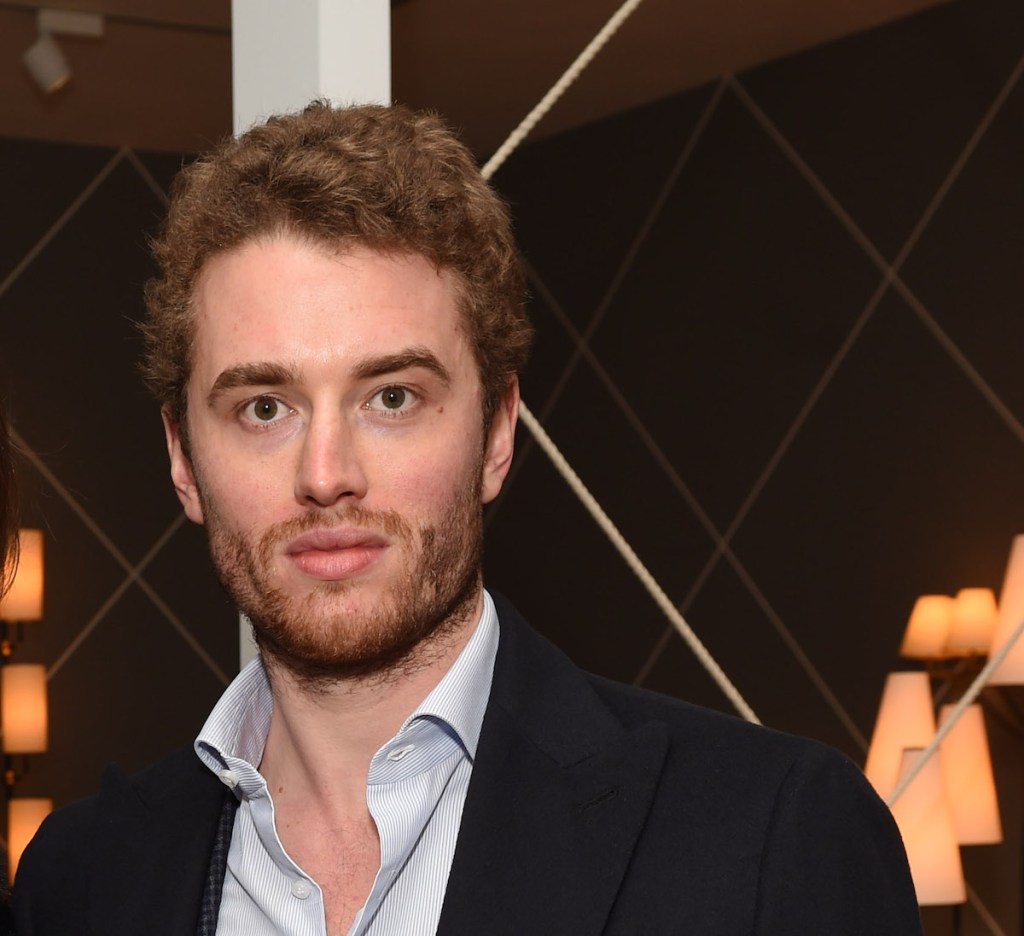Inigo Philbrick, the New York dealer who was later sentenced to seven years in prison for an $86 million wire fraud, has been released. He was sentenced in May 2022, serving a little less than four years in prison—more than three years less than originally expected.
He initially announced his release on March 1 Daily Mail, who cited a source at the Federal Bureau of Prisons; a Vanity Fair The article published that month reported that he had been placed under house arrest and would be released on supervised release for two years. Philbrick’s attorney, Jeffrey Lichtman, confirmed his release Art Newspaper.
Philbrick’s highly publicized legal saga began in 2019 when allegations surfaced that he falsified market figures while producing works of art worth millions of dollars.
A year later, US authorities arrested him on the island of Vanuatu, accused of defrauding dealers, investors and collectors of large sums of money. In November 2021, the young dealer pleaded guilty to wire fraud in a New York court; he was also charged with identity theft.
Philbrick was once considered a rising star in the international art market, at London’s White Cube gallery with mentors including Jay Jopling. His downfall shocked the art elite in New York and beyond. At the time of his initial arrest, he was operating a now-defunct gallery in Miami; Jopling provided his start-up money.
US authorities accused Philbrick of falsifying documents to carry out his transactions, and allegedly even listed a “stolen identity as a seller” on a contract. Investigators also said he sold the works without first telling their owners. Among the artists included in his scheme was Yayoi Kusama, whose prized “Infinity Room” installation, from the series of the same name, Philbrick reportedly leased to a German art firm.
At the time of the sentencing, a representative of the US government told the court that authorities had received 16 requests for restitution of the works Philbrick had withheld, and that number was expected to increase.
“Inigo Philbrick grew his supposedly successful art business by securing and reselling fractional shares of high-dollar contemporary art,” U.S. Attorney Damian Williams said in a statement. “Unfortunately, his success was built on bold-faced lies, hidden property interests, forged documents and even a fictitious art collector.”



